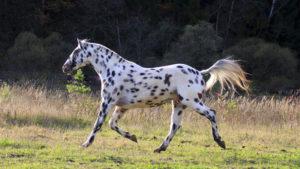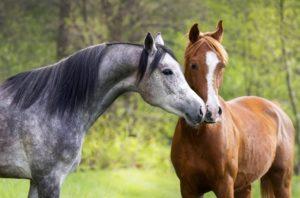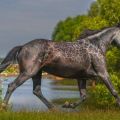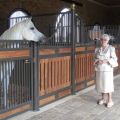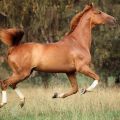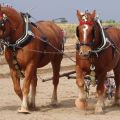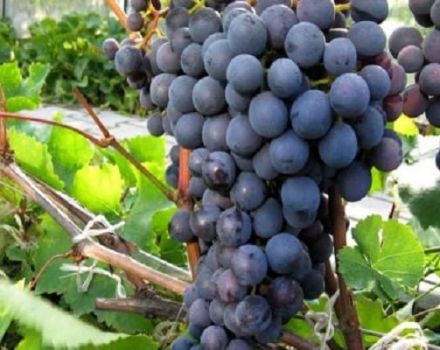Description of the breed of thoroughbred riding horses and features of keeping horses
The first ancestor of modern thoroughbred riding horses dates back to the 18th century. Today, representatives of this breed are bred for sports competitions. This "localization" is due to the peculiarities of the characteristics of riding horses, which are distinguished by strong limbs and voluminous lungs, which is important for horses. This introduces certain restrictions in terms of animal feeding.
Historical reference
In the 18th century, Britain began breeding a new breed of English horses that would meet certain standards. For this, breeders began not only to select local mares, but also to import eastern draft horses into the country. The type of the latter is not known for certain. It is believed that the eastern stallions were representatives of Turkish or Arab blood.
But it is known that the "backbone" for the future thoroughbred horsemen were horses named Godolphin, Darley and Beyrle. And already in 1973 this breed was officially registered.
The horse Eclipse played a significant role in the development of the breed. Throughout his life, this stallion regularly became the winner of various competitions. After death, the researchers opened the horse and found that it had a heart 23% larger than that of other horses, and stronger joints and tendons. These features Eclipse passed on to his offspring.
Features of the breed
As noted, representatives of the English riding breed have become prize-winners of various competitions more than once. These horses hold the current speed record. The stallion, which belongs to this breed, was able to accelerate to 69.6 km / h.
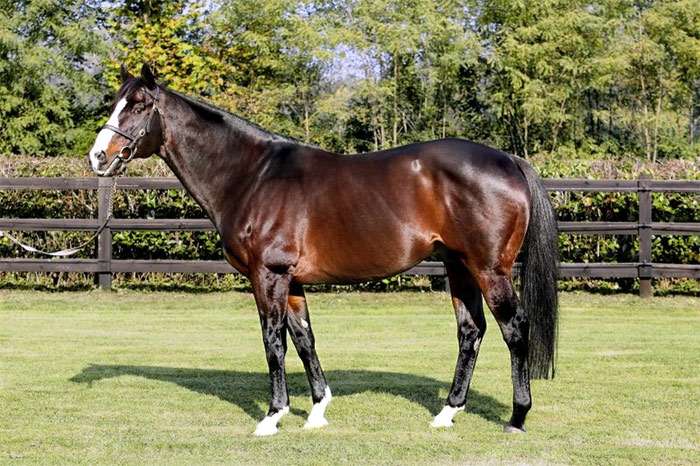
Appearance
The race breed dominates most horses. The growth of these animals reaches 1.65-1.75 meters. The ability to run quickly comes from an irregular, lean build and long legs with a short torso.
An important feature of the English breed is that such horses have a large heart, voluminous lungs and strong joints. These characteristics are ideal for race animals.
A thoroughbred riding horse has the following characteristics:
- compact head with a straight profile and an elongated back part;
- pointed ears;
- wide nostrils;
- elongated neck;
- muscular and broad back;
- oblique shoulder line;
- deep chest.
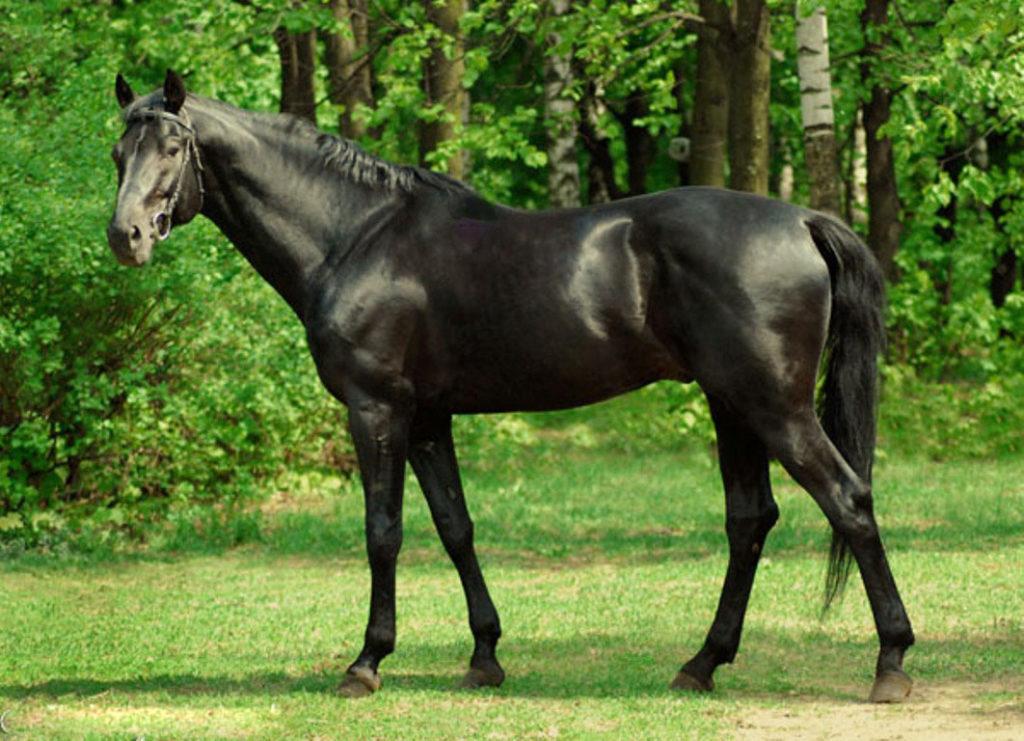
Riding horses are characterized by a toned belly and well-positioned muscular legs. Such animals stand out against the background of representatives of other breeds due to the wide and raised croup, as well as elongated hips.Another feature of English horses is that the hair on these horses is sparse. And the color of the whole body is dark brown.
Temper
Thoroughbred English horses are characterized by a temperamental character, which is why it is difficult to work with such horses. Animals are stubborn and freedom-loving. Because of this, the horses are difficult to subordinate to the will of the rider.
Therefore, thoroughbred riding horses are not recommended for training beginners. These animals are able to suddenly show disobedience, as a result of which the rider can fall. But it is precisely this feature that partly provides the representatives of the purebred breed with regular victories in competitions.
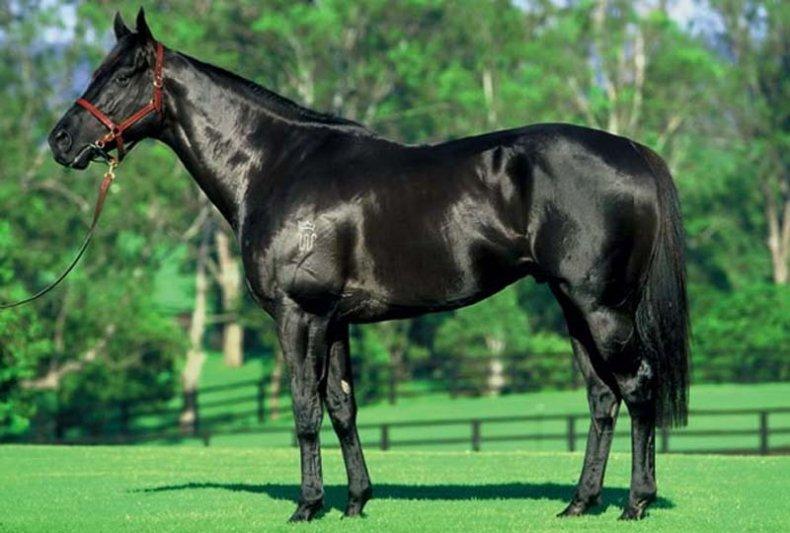
Productive qualities
A thoroughbred horse is the most expensive horse breed. Therefore, animals are not used for milk or meat production. Representatives of this breed are bred exclusively for racing.
Pros and cons
A distinctive feature of riding English horses is the ability of animals to transfer characteristics to their own offspring. Thanks to this, it is possible to maintain the purity of the breed.
English horses are recognized leaders in equestrian sports. The characteristics of the body and disposition described above are responsible for this feature, because of which horses tend to constantly be among the leaders.
But it is the restless nature that is considered the main drawback of the breed. Mares of this species do not breed well. Animals have a weakened immune system. Therefore, it is necessary to keep such horses in low humidity conditions. In addition, despite the strong bones, English horses often develop Kozinets, in which the forelimbs are bent.
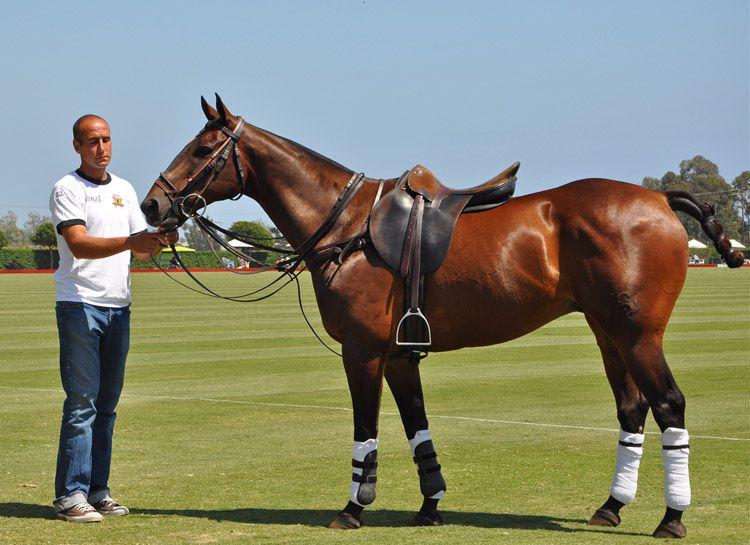
Nuances of content
The described features of character and immune system impose certain restrictions on the care and maintenance of horses and mares.
Stable
For a thoroughbred riding horse, warm and dry stables with natural (or forced) ventilation are recommended. In order to prevent diseases and ensure normal living conditions, representatives of this breed need good lighting.
Care
Thoroughbred riding - clean horses. These animals require regular bathing. It is recommended to wash horses and mares at least twice a week using warm water and specialized shampoos. It is forbidden to use laundry soap in this case. Because of this remedy, the skin of the animal dries and cracks.
Due to the fact that horses are regularly exposed to increased loads, after each race it is necessary to inspect the condition of the hooves and, after removing contamination, lubricate with fat.
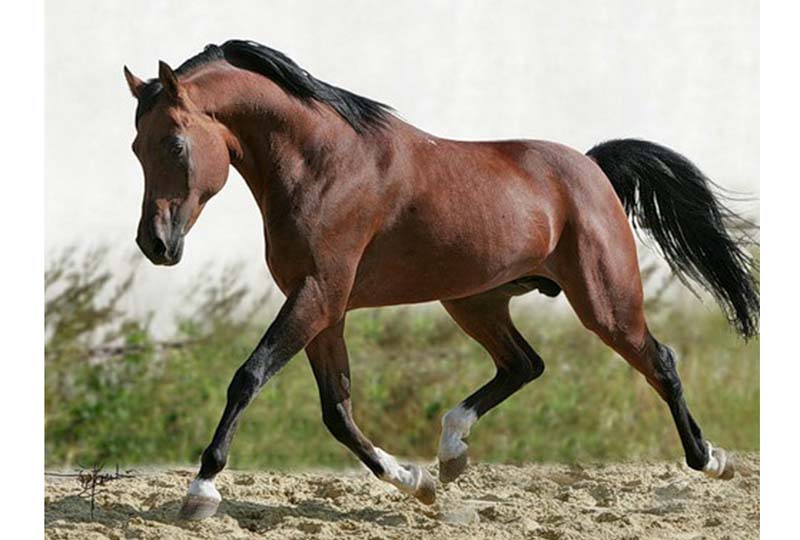
Barn cleaning
These animals are not able to live normally in a dirty stable. It is recommended to clean the barn 2-3 times a day. The procedure must be carried out in the morning, and then after the first walk.
An important condition for the prevention of diseases is considered to be the daily processing of drinkers and feeders. The latter must be doused with boiling water before feeding.
Food and water
The horses are fed in a complex way, excluding artificial additives from the diet. Food must contain:
- vitamins;
- calcium;
- phosphorus;
- fats;
- carbohydrates and other trace elements.
To ensure the supply of these microelements, animals are given:
- fresh hay (clover, timothy, legumes, cereals and grass);
- green forage (when walking on pastures, they give spurge, horseradish, yew, boxwood and other grass);
- vegetables and fruits;
- concentrated feed (corn, wheat, barley, oats and others).
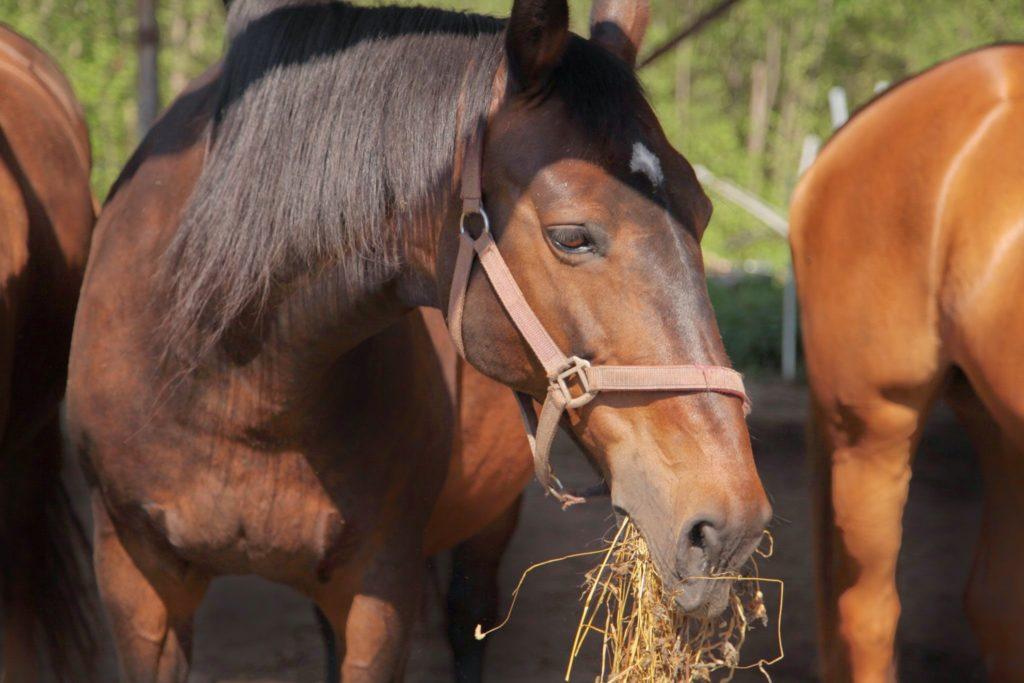
The amount of feed is calculated based on the size and weight of the horse, as well as the stress the horse is experiencing. On average, an animal is given up to 10 kilograms of various names for three times a day.During the period when training is being held, young horses are poured up to 7-8 kilograms of hay, after the races - 5-6 kilograms. Before consuming the grass, the animal must be given clean water. Juicy food is dispensed according to the type of vegetables or fruits:
- potatoes - 10 kilograms for stallions and 4 kilograms for mares;
- carrots - 3-5 kilograms;
- beets - up to 4 kilograms.
To eliminate the deficiency of trace elements (calcium, phosphorus and others), concentrated feed and bran are recommended for animals, which are given in crushed form. Horses need vitamin supplements and salt (no more than 40 grams) daily. A few days before the races, it is recommended to give lumps of sugar. The amount of water consumed by horses depends on the season. In summer, it is allowed to give up to 50 liters daily, in winter - up to 30 liters.
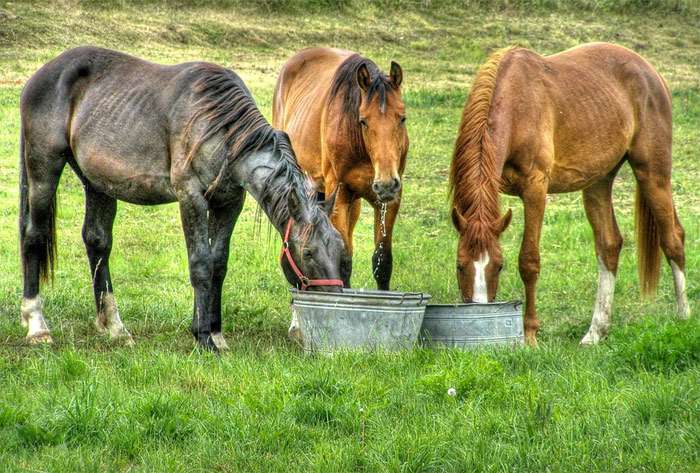
Disease prevention
To avoid the development of diseases in English horses, you must:
- timely destroy parasites (worms);
- clean up the stable daily;
- eliminate dampness in the stable;
- regularly treat feeding places with boiling water and wash the animal;
- walk every day;
- add vitamin complexes to the diet;
- isolate the sick animal from the rest.
By observing the above rules, you can avoid contamination of the animals in the stall.
Breeding the breed
When breeding an English purebred breed, the following rule is observed: among the stallions, one that has already participated in the competition and has achieved a significant result is selected. There are no such requirements for mares.
Scope of use
As already noted, the English Thoroughbred is a racehorse. The animals are bred exclusively for participation in competitions, including long-distance races. However, in England these horses are often used in fox hunting. Also, some breeders use stallion "services" to improve the characteristics of other breeds.
